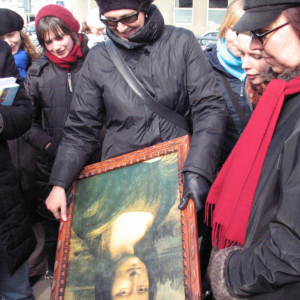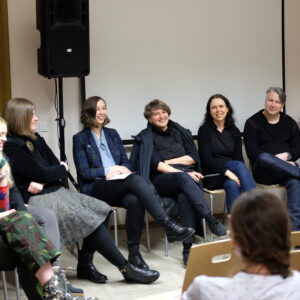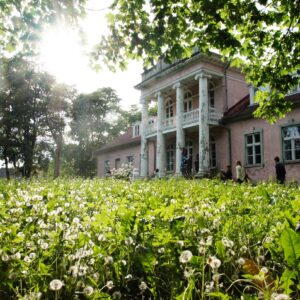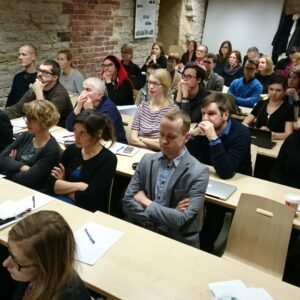Institute of Art History and Visual Culture
The Institute of Art History and Visual Culture (in Estonian KVI) is the only research institute in art history (Kunstwissenschaft) in Estonia, and a leading one in the Baltic States, covering a wide range of fields of study, from the medieval period to contemporary art. KVI is a member of the International Association of Research Institutes in the History of Art, RIHA. The Institute was founded in 1992 as the Institute of Art History of the Tallinn Art University.
The Institute of Art History and Visual Culture serves both as a research and teaching institution, conducting major research projects in art history and providing education in all three academic levels.
The professors and faculty members in our Institute are top specialists in their fields and recognized experts; our graduates include Estonia’s leading younger generation curators, critics and art theoreticians. The Institute’s curriculum combines historical and object-centred approaches to art with excellent knowledge of theoretical viewpoints. Visual culture studies explore the pictorial and spatial environment, the connections between them, and their functioning society. The curriculum is supplemented by study trips and practical training.
The Institute’s MA programme offers three areas of specialization: Art History and Visual Culture Studies, Museology or Curatorial Studies. The goal of the doctoral programme is to prepare high-level professionals who are able to work both as teaching or research staff members in the academic sphere and as top-level specialists outside it.
The aim of the Institute of Art History and Visual Culture is to offer a diverse, innovative and inspirational environment for study and research. Training in the speciality is supported by research conducted in the Institute, our research projects, conferences and publications.
History of the KVI
1992 – an art history programme was opened at the Tallinn Art University (established in 1914 as the Estonian Art Society’s Tallinn School of Arts and Crafts). The first entrance examinations were held that summer. The art history department was renamed the Institute of Art History.
1995 – the first doctoral dissertations were defended (Juhan Maiste and Rein Zobel).
1996 – the first graduates in the BA programme.
1998 – the first state-funded research grant was received for beginning the compilation of the series of volumes “Eesti kunsti ajalugu” (The History of Estonian Art).
29 March 2016 – the Institute of Art History was renamed the Institute of Art History and Visual Culture.
In 2019, KVI became a member of the International Association of Research Institutes in the History of Art (RIHA).
See also about the prehistory and formation:
Jaak Kangilaski, The Teaching of Social Sciences and Art History at the State Art Institute of the Estonian SSR 1944–1989. – Kunsttööstuskoolist Kunstiakadeemiaks. 100 aastat kunstiharidust Tallinnas / From the School of Arts and Crafts to the Academy of Arts. 100 Years of Art Education in Tallinn. Toim Mart Kalm. Tallinn: Eesti Kunstiakadeemia Kirjastus, 2014, lk 396–411 [pdf]
Heads of KVI:
1992-1994 associate prof. Helli Sisask
1994-2007 prof. Mart Kalm
2007-2012 prof. Katrin Kivimaa
2012-2017 prof. Andres Kurg
2017-2023 prof. Virve Sarapik
since 2023. senior researcher dr. Epp Lankots.












